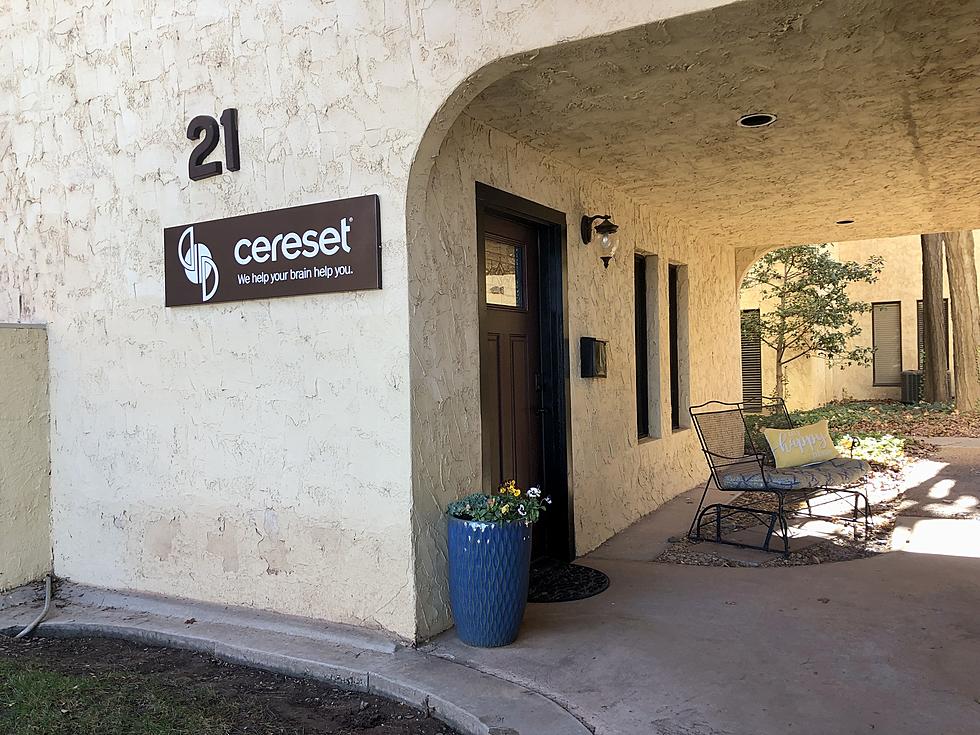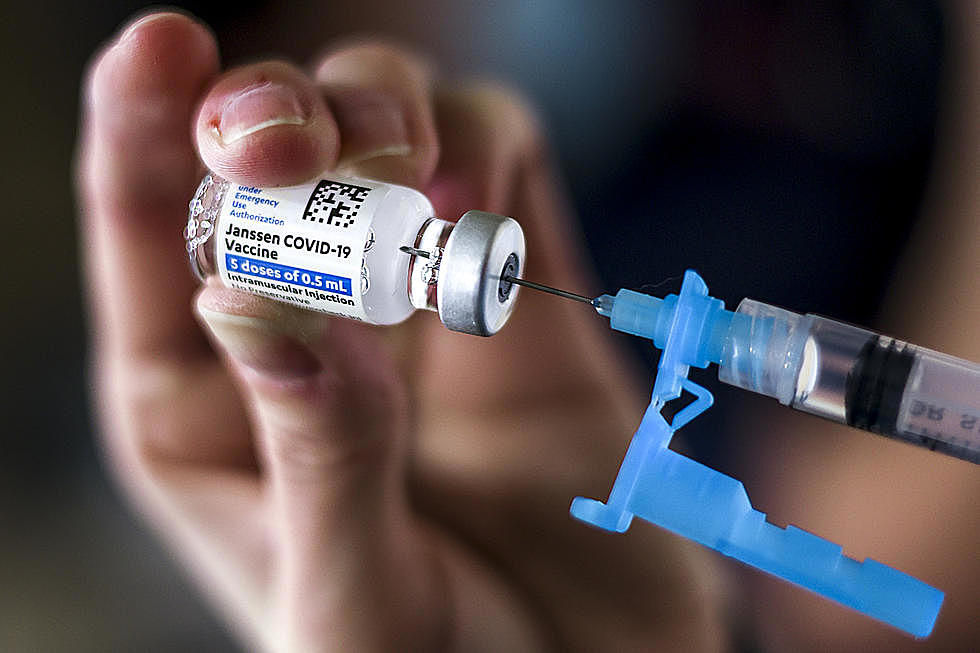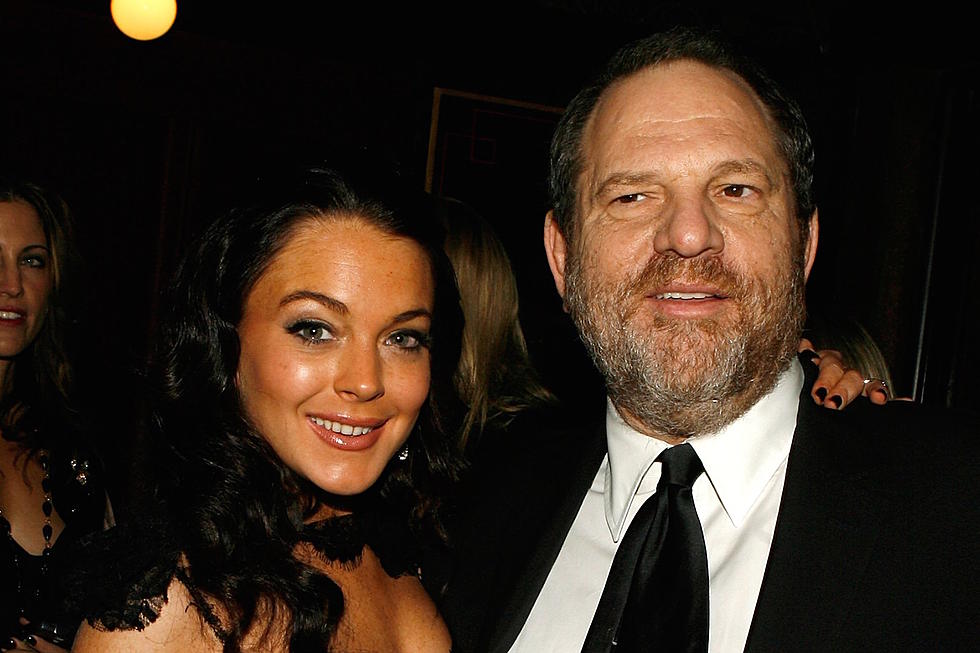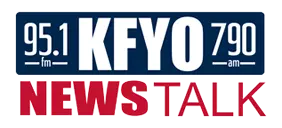
Chad’s Morning Brief: Younger Voters Turn on President Obama and the Left, Enrollments Grow in Obamacare Yet Problems Still There, and Other Top Stories
Here is your Morning Brief for the morning of January 14, 2014. Give me your feedback below and tune in to The Chad Hasty Show for these and many more topics from 8:30 to 11am. Remember, you can listen online at KFYO.com or on your iPhone/Android with the radioPup App.
Young People Turn
Are young people turning against President Obama and the Democrats? According to the Boston Globe the answer is yes. That doesn't mean young people are flocking to the Republican Party but it does mean 2016 won't be like the Obama-years for Democrats.
A little more than a year later, the mood has changed — alarmingly, for Democratic Party leaders — in a shift that also is reflected in national polls. Students are increasingly turned off by politics, and by the Democratic Party. Even those who were enthusiastic about Obama say they are jaded by gridlock in Washington, disillusioned by a president they thought would be transformational.
“The public has seen that it wasn’t magic,” said Tyler Gullbrand, president of the UNH College Democrats. “It wasn’t this beautiful Renaissance in our country. . . . I think we expected a lot more — maybe just out of hope.”
Domestic spying by the government, the technological incompetence demonstrated in the launch of the Obama health care marketplace, the continued weakness in the economy — all have conspired to undermine Democrats’ big advantage among young voters, ages 18 to 29, according to specialists.
In a detailed, national poll released last month by Harvard’s Institute of Politics, nearly half of young voters said they would recall President Obama if they could. Only 41 percent approved of the job Obama was doing, an 11-point drop from six months earlier.
It’s a trend line that top Democrats are worried about, and one that top Republicans are trying to exploit leading into the 2014 midterm elections.
“People should be concerned about those numbers,” said Tad Devine, a longtime Democratic strategist. “We’ve got to make sure young voters understand the stakes.”
Many young people were inspired by Obama’s message of hope and change. They believed government could do good, and big, things. And in droves they volunteered, campaigned, and voted for Democrats by margins that had not been seen before, both in 2008 and 2012.
But surveys show that the electorate’s newest generation is disappointed by government’s performance.
“It’s about expectations in terms of the relationship that they have with Washington,’’ said John Della Volpe, the director of polling at the Harvard Institute of Politics. “When they elected President Obama in 2008, young people tell me through focus groups, they were hoping for a better, different, stronger relationship with their government. That hasn’t played out.”
For a generation that relies on smartphones and tablets, the government’s inability to create a functioning website was unfathomable. They also believe the law will bring more costs, worse care, and little benefit to them. Among the 18- to 29-year-olds who don’t have health insurance, fewer than 1 in 3 of those surveyed by Harvard said they are likely to enroll in the health care exchange.
Young voters also are dismayed by the degree to which the National Security Agency is monitoring phone and Internet data. A majority of those surveyed by Harvard said the government shouldn’t collect any personal information to aid national security efforts.
But with Obama not on the ballot, perhaps a more troublesome trend for Democrats is that young voters are less likely to say they belong to the party. They are open to voting for Republicans, they may be drawn to third-party candidates, or they may simply not vote.
“Everyone was really excited about the election and what we could do,” said Maria Carrasquillo, who in 2012 was UNH campus coordinator for Obama’s campaign. “After the election, we realized, ‘It’s not happening. What we wanted to happen hasn’t happened.’ That’s making students back away from actively participating in elections.”
Obamacare Numbers
Enrollment numbers for Obamacare are on the increase in Texas and throughout the U.S. According to the Texas Tribune, Texas ranks third in the number of 2013 enrollments. As of December 28, nearly 120,000 Texans had purchased coverage.
Texas ranks third in the number of 2013 enrollments following the troubled launch of healthcare.gov on Oct. 1. As of Dec. 28, nearly 120,000 Texans had purchased coverage in the federal marketplace, up from 14,000 one month before.
The number represents a tiny fraction of the uninsured in Texas, which has a higher percentage of people without health coverage than any other state. In 2012, more than 6 million Texans, about 24 percent of the population, lacked health insurance, according to U.S. Census data.
Florida led the nation in the number of 2013 enrollments, with 158,000. In a media call from Tampa, U.S. Health and Human Services Secretary Kathleen Sebelius praised Florida’s high enrollment numbers. Like Texas, Florida has a largely unfavorable political climate toward the Affordable Care Act, and a high rate of the uninsured, at 21 percent. HHS officials offered no explanation for why more people enrolled in some states compared to others.
“The numbers show that there is a very strong national demand for affordable health care made possible by the Affordable Care Act,” Sebelius said in the call announcing the enrollment data, adding that nationwide enrollment had reached nearly 2.2 million.
The data offers a first glimpse at demographic trends surrounding enrollment in the federal insurance marketplace. Texans between the ages of 18 and 34 accounted for 26 percent of those who signed up for coverage. Texans between 55 and 64 made up the largest demographic group of enrollees, at 29 percent.
Women of all ages constituted a majority of Texas enrollments: 55 percent. That was consistent with the nationwide trend. HHS officials said the trend was expected. Maternity care, newborn care and contraception are among the 10 categories of benefits that all health insurance plans must cover under President Obama’s health care law.
Enrollment breakdowns by race are not currently available, federal health officials said.
Three-quarters of Texans who purchased health plans in the exchange in 2013 received financial assistance, according to the HHS data. That percentage, which is less than the median rate of 80 percent for the 36 states operating under the federal exchange, might have been larger had Texas expanded Medicaid to cover poor adults. Texans living below the poverty line do not qualify for subsidies.
The Affordable Care Act requires most Texans to carry health insurance by March 31. The federal health law had a rocky start in October when the healthcare.gov website launched with major glitches. In past months, Sebelius has frequently apologized for the performance of the marketplace, but Monday’s announcement was a departure from the conciliatory tone.
In order for Obamacare to "work", young people must sign up. The problem is, they aren't. According to the Washington Post, only about 24% of those who signed up are between the ages of 18 and 34. In order for Obamacare to work well that number should be around 38%.
Other Top Stories:
Today’s Guests:
10:05am- Dr. Donald May, candidate for U.S. Congress
These and many more topics coming up on today’s edition of The Chad Hasty Show. Tune in mornings 8:30-11am on News/Talk 790 KFYO, streaming online at kfyo.com, and now on your iPhone and Android device with the radioPup App. All guest interviews can be heard online in our podcast section after the show at kfyo.com.
More From News/Talk 95.1 & 790 KFYO




![Frogue: Democratic Candidate Positions On Health Care Insurance [INTERVIEW]](http://townsquare.media/site/192/files/2019/07/Doctor-Health-Care-Thinkstock.jpg?w=980&q=75)


![Senator John Cornyn Talks Hurricane Harvey Relief And NAFTA [INTERVIEW]](http://townsquare.media/site/192/files/2016/03/John-Cornyn-GettyImages.jpg?w=980&q=75)

